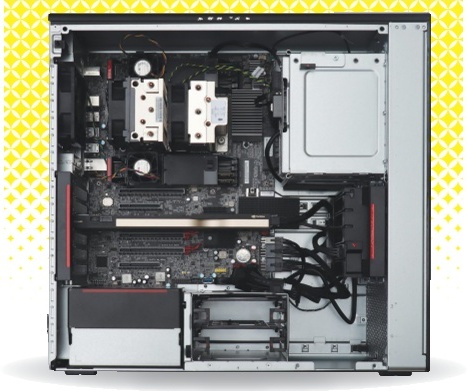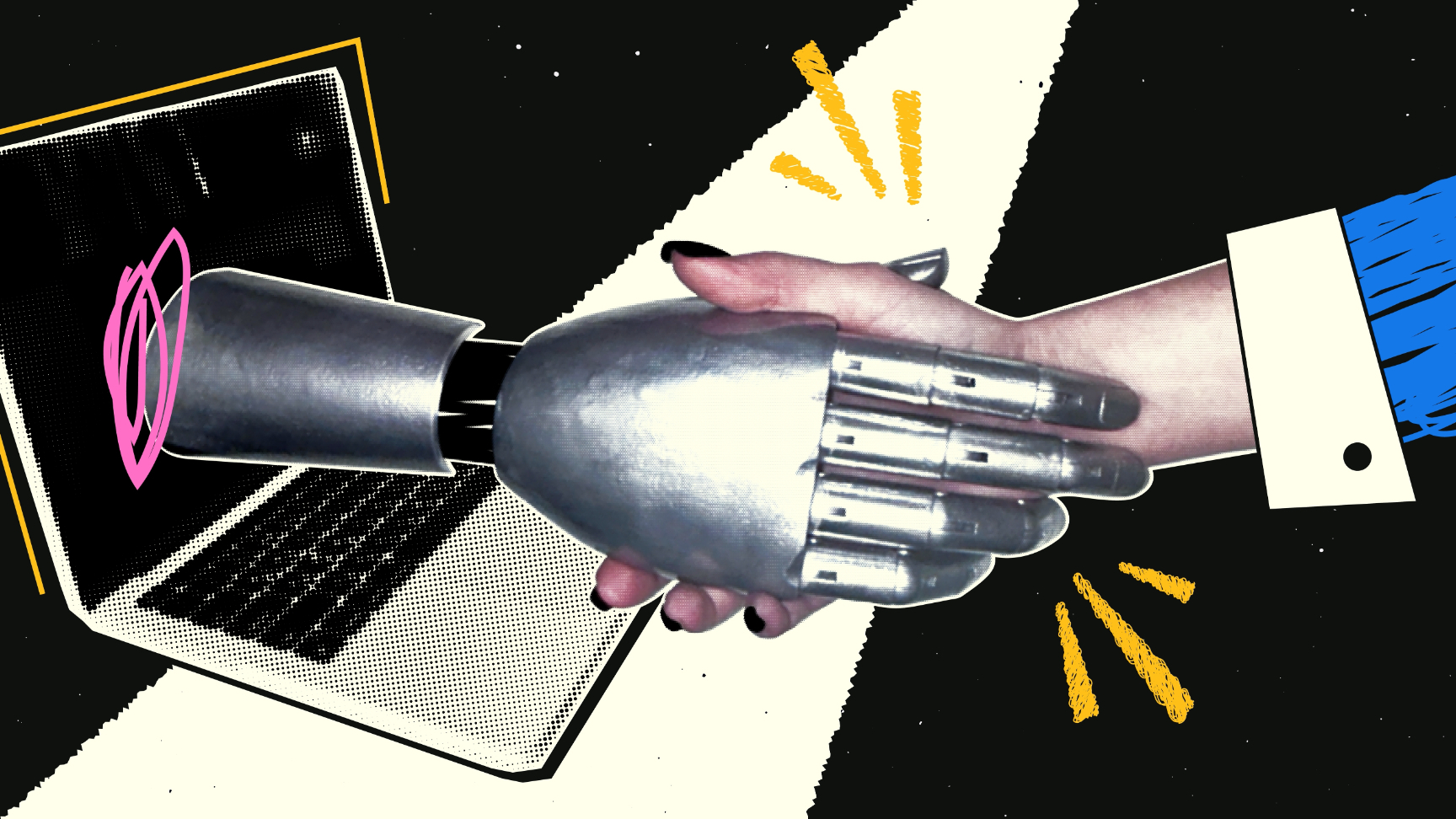5 common myths about digital transformation
Some misconceptions you and your business should avoid.

Digital transformation is in full force for companies both large and small, with new technologies such as 5G, Bitcoin, and chatbots causing major disruption.
Companies that embrace these trends will find they can all help reach more customers and improve service offerings in countless ways - but miss the boat and you may have to play catch up.
That said, while digital transformation is all about a groundswell of innovation for business and catapulting us forward, it can be easy to misread the signs, misinterpret the innovations, and become distracted by mere changes in opinions and trends. True disruption means radical changes, but there are also common myths about digital transformation. Misreading and misinterpreting trends can lead to a whole new problem: Being sidetracked and misguided.
These are some of the myths to be aware of when it comes to digital transformation, the traps to avoid so that you are not caught up in a technology trend that is not actually innovative or impactful for your business or that won’t advance your company.
1. All technology innovations are incrimental
In technology, there are certainly many “point” releases meant to address security issues, slightly improved new features, and appease certain users. These incremental upgrades are becoming more common, and there’s a tendency to view incremental upgrades as not that important or part of the normal cycle of innovation.
That said, it’s tempting to view all digital transformation as potentially only a minor blip with minimal impact. In truth, some transformative technologies such as 5G cellular service, chatbots, and cryptocurrencies can make a giant leap forward at times. As a good example of this, Google recently announced a new innovation for their Google Nest Hube speaker that’s totally unrelated to voice commands. The device can now recognize you when you enter the room and show you a weather report. That might seem incremental, but it’s actually a major shift that could trigger many other groundbreaking innovations.
2. You should never let digital transformation surprise you
For some companies, there is a fear of missing out on transformative technologies or being caught off guard when they suddenly emerge. While it’s true that it’s better to be prepared and keep track of these trends, there are also some disruptions that are impossible to predict and it’s OK to be surprised by them and to even let them guide your strategic vision.
Are you a pro? Subscribe to our newsletter
Sign up to the TechRadar Pro newsletter to get all the top news, opinion, features and guidance your business needs to succeed!
One example of this has to do with 5G. With 5G networks finally arriving in many major cities, the benefits are already being seen, with customers enjoying a vast improvement in speed and reliability. That is surprising, and it’s OK from a business standpoint to let those dramatic moments in technology occur naturally. They inspire you to embrace what is new and innovative (especially when it is actually viable).

3. You’ll have to make dramatic workflow changes
A well-designed workflow automation process in business can be resilient enough to dramatic changes in technology. It’s acceptable and even advantageous to embrace new transformations in technology, the ones that are disruptive and new. However, that doesn’t mean you will have totally revamp every business workflow automation process for every new trend.
The reason is that any workflow should be closely tied to the needs of the business and your users, not to the trends themselves. A digital transformation like 5G can certainly inform and guide your workflow, but the truth is that a workflow that is well-designed, intentional, relevant to the business, current with technology trends, and most importantly meant to make your business more efficient can also withstand major disruptions.
4. Digital transformation only impacts certain markets
It is well-established that some industries are more susceptible to the impacts of digital transformation. You could argue that the retail field will be impacted more by cryptocurrencies than other markets, for example. And, it’s also safe to say that chatbots have not impacted the medical profession as much as they have impacted consumers.
While it’s true the impact fluctuates and affects various industries at different levels, it’s a myth that transformative tech won’t impact specific categories at all. Thinking about the medical field and chatbots, it is true that consumers are impacted the most but there are incredible use cases for doctors, nurses and staff to ask a chatbot for information about a patient record or to request a print out of a new test result for the patient.
5. Some markets are resilient to digital transformation
Related to this is the myth that a market like retain banking or manufacturing can resist digital transformation entirely. We do see manufacturing sectors that resist transformation, but it’s a myth that they can somehow carry on as normal and avoid the disruption.
An example of this has to do with cryptocurrencies. Certainly, that disruption is something that the retail and banking fields will have to address. The manufacturing sector won’t be impacted as much, but there are questions about the supply chain, cost structures for parts, making the assembly line more efficient by coordinating repairs faster, and even considerations such as how part-time laborers and contractors are paid that will cause transformation.
All told, there’s an easy mistake to make about digital transformation. On the one hand, it’s easy to overestimate the impact and to become reactionary in every market segment, to adjust the business process for every new technology trend. On the other hand, it’s also tempting to minimalize and marginalize tech trends such that you refuse to make any changes.
The secret is to see digital transformation as having a positive (but not always immediate impact), and to stay informed and ready to make changes that will be advantageous to your business. The ultimate myth is that the impact will be too great - or too minimal.
John Brandon has covered gadgets and cars for the past 12 years having published over 12,000 articles and tested nearly 8,000 products. He's nothing if not prolific. Before starting his writing career, he led an Information Design practice at a large consumer electronics retailer in the US. His hobbies include deep sea exploration, complaining about the weather, and engineering a vast multiverse conspiracy.












